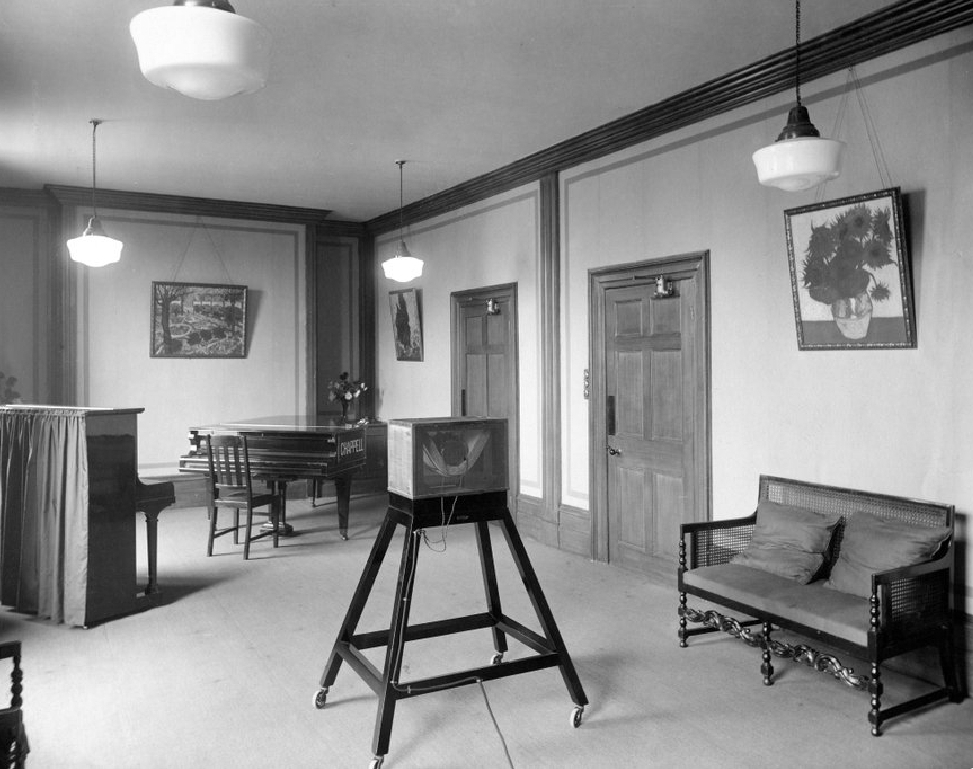Microphone History
The Marconi-Sykes, the official name of the meat safe earned its nickname because of its resemblance to meat storage units of the early 20th Century, as well as Victorian Fridges. The mic, was a large wooden box with metal grills on the sides, balanced upon four mahogany legs and weighed in at approximately 20lbs. It was to say the least a very peculiar site and there are stories that the American actress Tullalah Banket actually feinted when she first saw it.
The Meat safe historically, has a massive status, especially as being the first mic used by the BBC from 1923 onwards. The mic was used in its very first outside broadcast on the 19th of May 1924. Musician Beatrice Harrison, in the garden of her Surrey home played Oh Danny Boy on her cello and was accompanied by a nightingale in the great outdoors. Radio listeners were able to hear as if there were there, as the Meat Loaf for radio to become a medium for the very first time. Bringing the sounds of the World into everyday environments. Notably able to transmit music, at different ranges as well as pick up sounds more sensitively from a wider frequency response. This microphone opened up the range of programming by the BBC, that could be transmitted on radio.
In short, microphones act almost as teleportation device, as they do the impossible. Allow us to hear things that we don’t personally witness and too hear things that happen in a different space and time and that’s extraordinary.
Photo credit: The BBC
